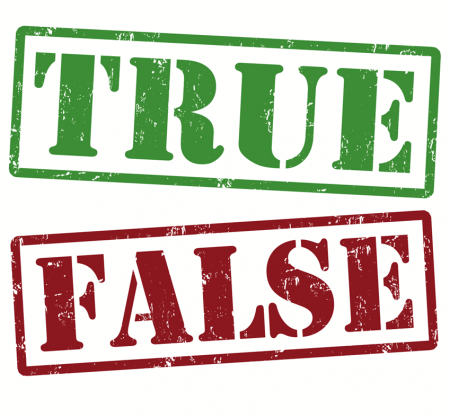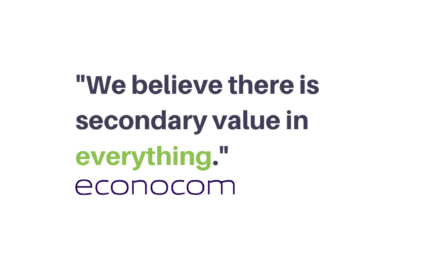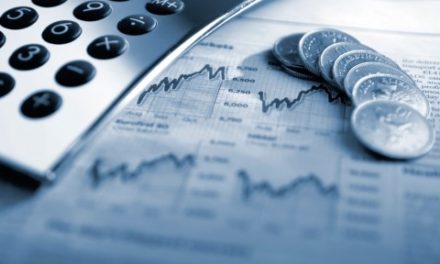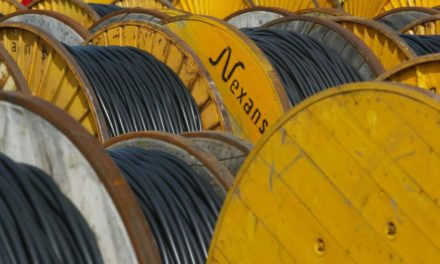 1. You can only lease cars and copiers – Not true!
1. You can only lease cars and copiers – Not true!
In over 80% of cases, leasing is directly associated with a fleet of vehicles, closely followed by photocopiers. But for a number of years now, it has been possible to lease other types of equipment as well, such as ICT equipment (networks, servers, PCs, laptops, tablets, etc.).
Or you can think of store automation for the retail, all digital equipment around a patient for healthcare, digiboards and touch screens for education and much more.
The examples – with the arrival of ‘The Internet of Things’ into our ‘connected world’ – are now inexhaustible.
2. Leasing is expensive – Absolutely not!
The fact that leasing is more expensive than buying is one of the biggest misconceptions of all. The pace of technological changes means that equipment becomes obsolete very quickly, and this equipment is usually not part of a company’s core assets. With leasing, equity can be reserved for the core business. Investing in this offers benefits which outweigh the amount of leasing costs.
Furthermore when equipment is leased, it’s not fully depreciated: residual value is calculated which also makes leasing cheaper than buying.
3. Leasing is just about money – That’s long gone!
Leasing is no longer merely a form of financing. Companies specialising in leasing nowadays deliver a number of extra services. For example, the administration and payment of purchase invoices is handled, along with the complete logistics for collecting the equipment at the end of the lease term, and online reporting tools that offers transparency, flexibility and control over the leased assets are also provided.
4. Any company can lease – Unfortunately not!
Virtually all leases are refinanced by a bank, and banks have become more cautious about releasing new credit lines, due to the financial crisis. They want the assurance that a company can fulfil their payment obligations. Loss-making companies, or companies with negative equity are therefore often rejected. And start-ups that have not yet been able to build a financial history also find it difficult to close a lease agreement.
5. An operating lease is no longer off-balance-sheet
– Fortunately not!
It is still possible to lease ‘off-balance-sheet’. For financial experts, with an operating lease it’s not necessary to recognise the assets on your balance sheet. The obligation is charged to the profit and loss account and only mentioned in the additional notes to the balance sheet. Some financial ratios will benefit from this. Capex turns into Opex.


















I like the post Its has nice article It’s really effective and very impressive, We hope this information will help everyone.We are interested in looking for more of such topics.